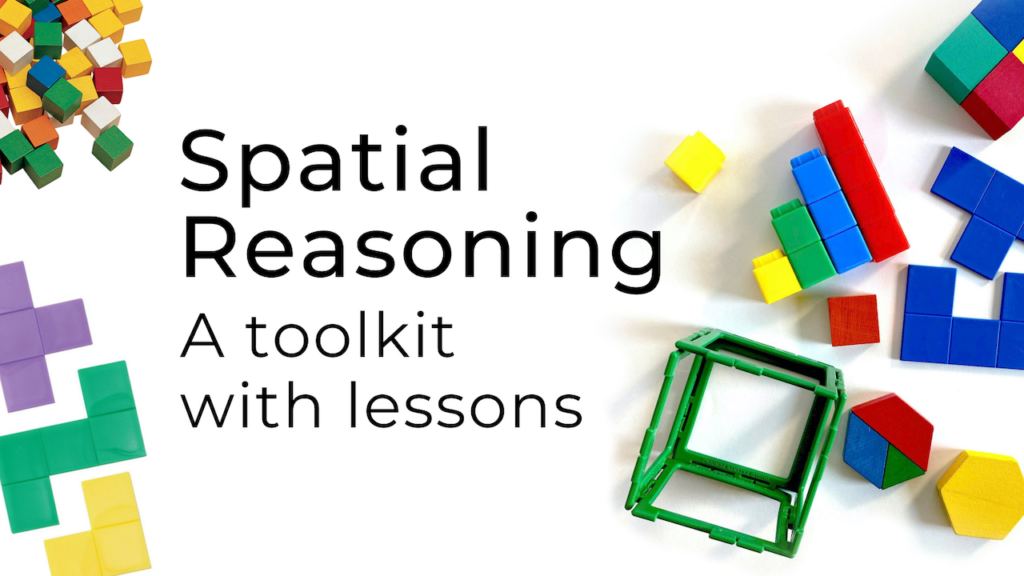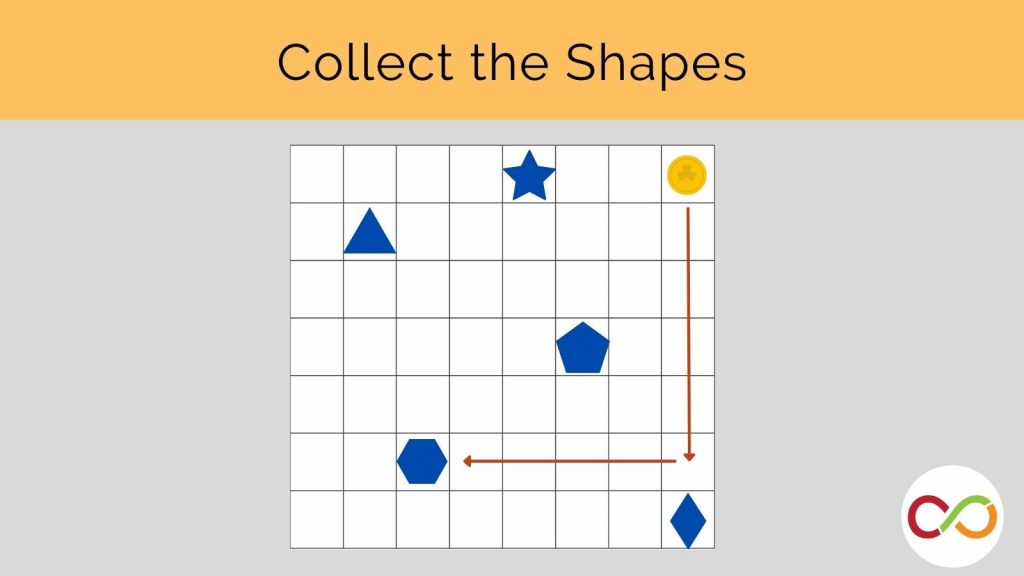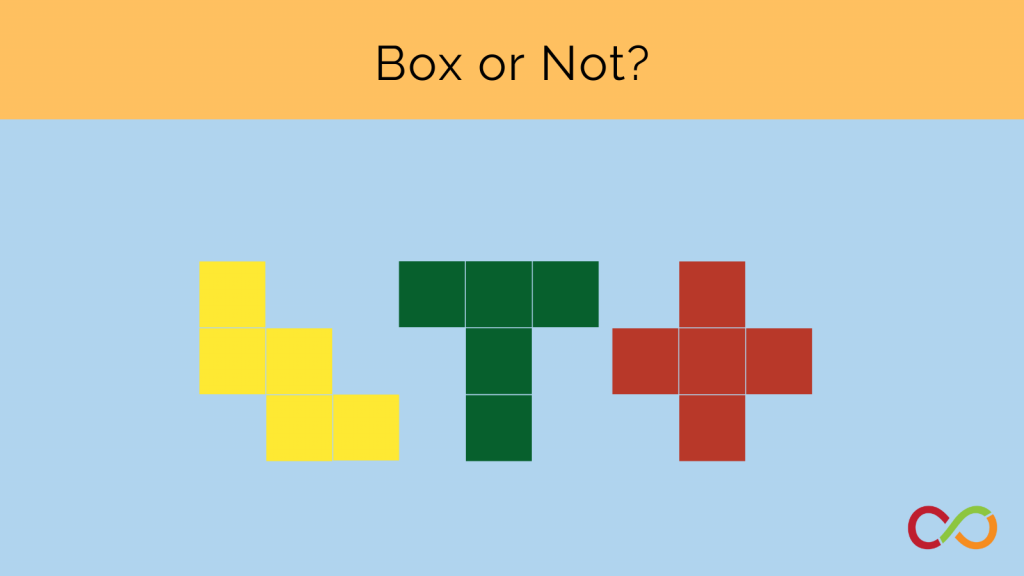Shape Name Game
Primary (Age 6 – 9)
Curriculum Goal
Primary: Geometry and Spatial Sense
- Describe and represent shape, location, and movement by applying geometric properties and spatial relationships in order to navigate the world.
Context
- 5 students and an educator will sit on the carpet in a circle.
Materials
- Class set of cards (Introductory – Appendix A, Medium – Appendix B, Difficult– Appendix C)
Lesson
- Introduce students to geometric shapes and have a conversation to see which shapes are familiar/ unfamiliar.
- Tell students they will be given cards and the object of the game is to listen carefully and look closely at their cards to see if they have the next one being called out.
- To begin, hold up the first card and read it aloud. I have a square. Who has a circle? Draw students’ attention to the shapes and phrases on the card.
- Place down a few cards, one being the card with the circle. Ask students to identify the correct card and read that card. Here’s what the card says—I have a circle. Who has a triangle?
- As each card is read aloud, place it in a basket at the center of the circle.
- Give each student and teacher two cards and ask them to look carefully to see who has the triangle. As the game progresses and children gain familiarity with the shapes/process, deal out the entire set of cards.
- The game continues until all cards are in the basket and every child has had at least two turns.
- To close, facilitate a conversation. Consider the following prompts:
- What did you learn about shapes?
- Did you discover any new shapes or new names for shapes?
- Can you describe your favourite or a new shape that you learned about?
Look Fors
- Are students correctly identifying shapes? Are any shapes confusing for students? Discuss and compare the features of the shapes to help differentiate the shapes.
- How are children describing the shapes? If they are unable to identify the shape, listen to how they describe the shape – this may lead to a path for the student to identify the shape.
Extension
- Once children are familiar with identifying geometric shapes by name, increase difficulty by incorporating hints that describe the attributes of a shape instead of naming it.
Share this lesson
Share on facebook
Share on twitter
Share on email



